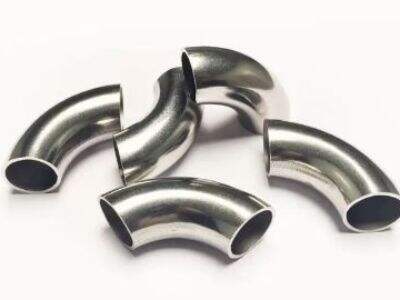When it comes to producing complex parts, there are basically two main processes that companies can essentially choose from: die casting and precision casting. With its own set of signs and advantages, both approaches are adequately appropriate for different task types.
Die Casting
Die casting involves pouring hot metal into a mold to form a certain shape. The metal then cools and solidifies into a finished part. This technique is quick and inexpensive, meaning it's good for making many pieces in a hurry. Die casting can produce parts that are highly accurate and dimensionally stable − which is ideal for complex parts that must fit together seamlessly.
Precision Casting
That's not the case with precision casting. First, a wax replica of the part is made. After this, the wax is encapsulated in a ceramic material. This wax is melted out to create an empty ceramic mold. After that, hot metal is poured in to fill the mold, which takes the shape of the original wax pattern and was created from it. Precision casting works well in the manufacture of parts that have complex shapes with fine details and smooth finished surfaces. It can also be used to make fewer parts and those parts need to be very precise, very high quality.
Die Casting vs Precision Casting — Metal No.
If you are considering whether to use die casting or precision casting to manufacture complex parts, the following factors should be taken into account. Die casting is more suitable for projects requiring numerous components in a short time. Ideal for producing a large number of items at a low cost. Precision casting is superior for projects that require a smaller number of highly detailed, precise parts.
As for materials, die casting tends to be effective for metals, such as aluminum, zinc, and magnesium. However, for precision casting, it allows a wider range of materials, such as stainless steel, carbon steel and bronze. Die-casting produces lightweight but strong parts, which is crucial for some applications. Precision casting produces smooth surfaces and highly accurate parts, which is needed in detailed work.
Advantages and Disadvantages of Die Casting and Precision Casting
There are many advantages to wax for lost wax casting with complex geometry. It is a low-cost process that produces parts with very high accuracy and repeatability. It is ideal for mass production and fast outcomes. On the other hand, die castings are not suitable for components requiring fine detailing.
There are benefits of precision casting. It is capable of producing high-precision parts with smooth surfaces, crucial for high-quality applications. It is also great for less parts which contains much detail. However, producing multiple pieces could prove more costly with precision casting.
Die Casting vs Precision Casting: Which is Ideal for your Products?
But when businesses have to decide between die casting and precision casting, wax loss casting they should consider what their project requires. The things they matter, like how many pieces they need, how much it will cost, the materials they would like to use, and the quality they expect. The complexity of the part design along with any post-manufacturing processes should also be considered by companies.
If a project needs to manufacture many low-cost parts, die casting may be the best option. Accuracy and detail are required in the part - with these types of needs, companies tend to favor precision casting. Ultimately, which process is right for your needs will depend on your project requirements and what you want the final parts to be like.
Die Casting vs Precision Casting
Both wax mold casting offer specific advantages for manufacturing complex components. Die casting produces more parts at low cost and high speed, and precision casting produces a few parts with more details and high quality. When deciding between the two methods, companies need to consider what they require for their projects. Knowing how die casting and precision casting are different from each other helps businesses make informed decisions resulting in superior parts for their applications.

